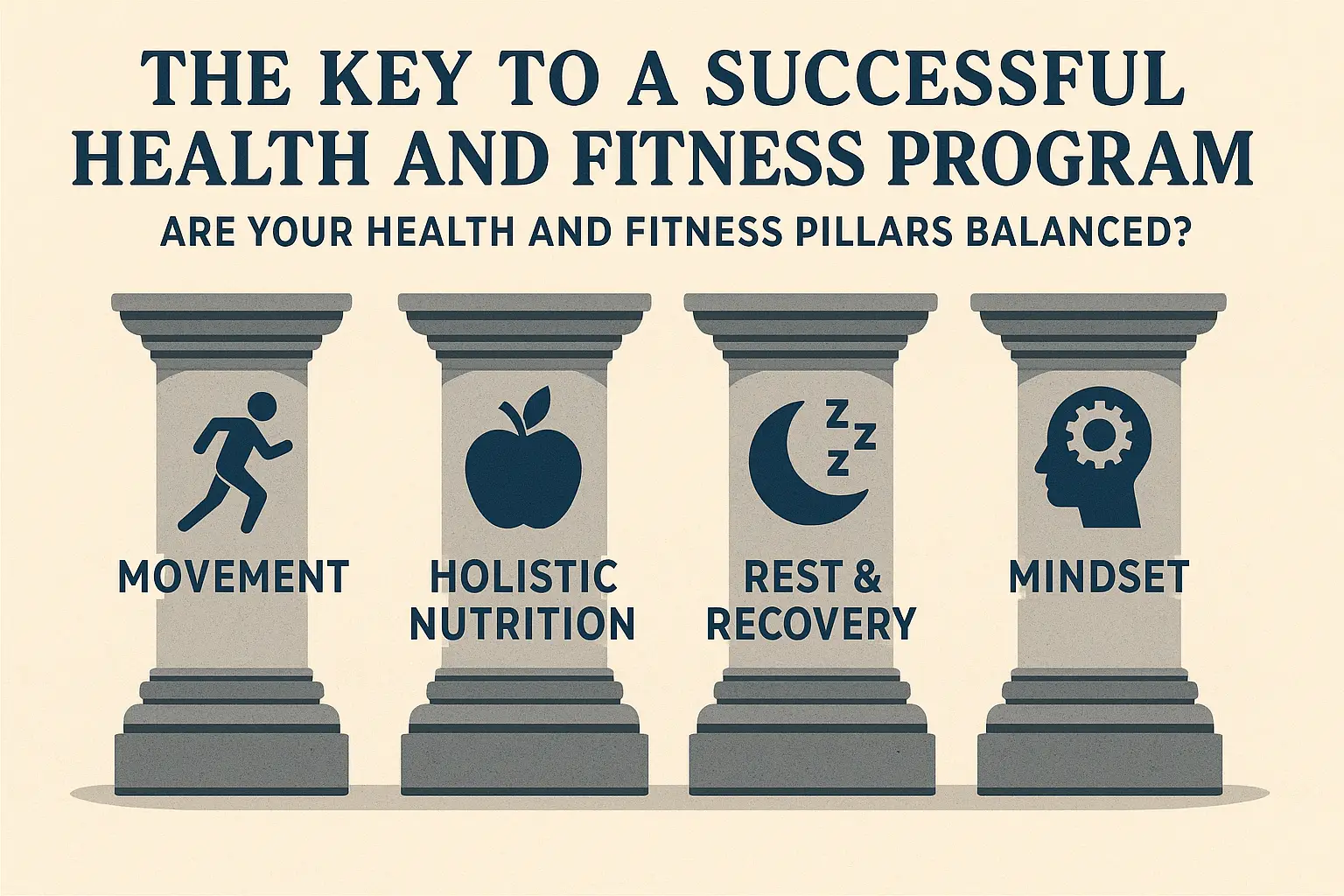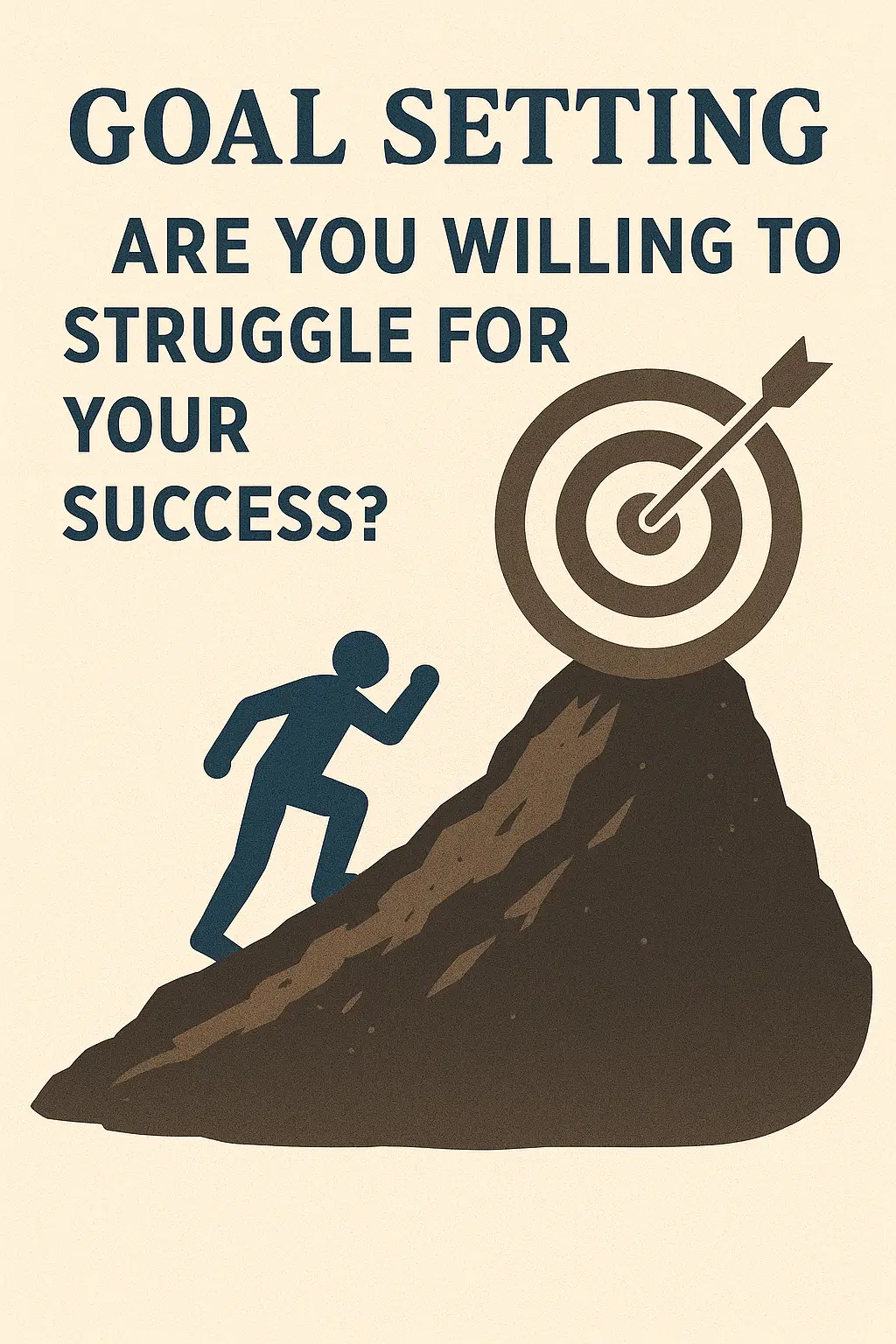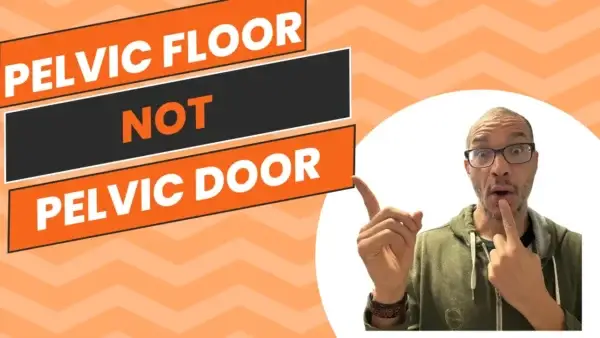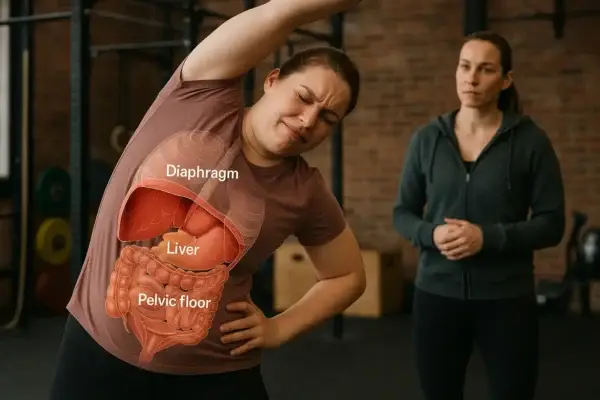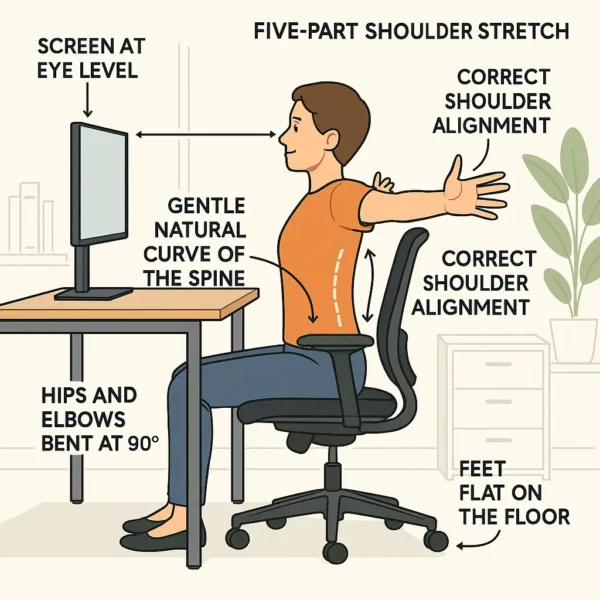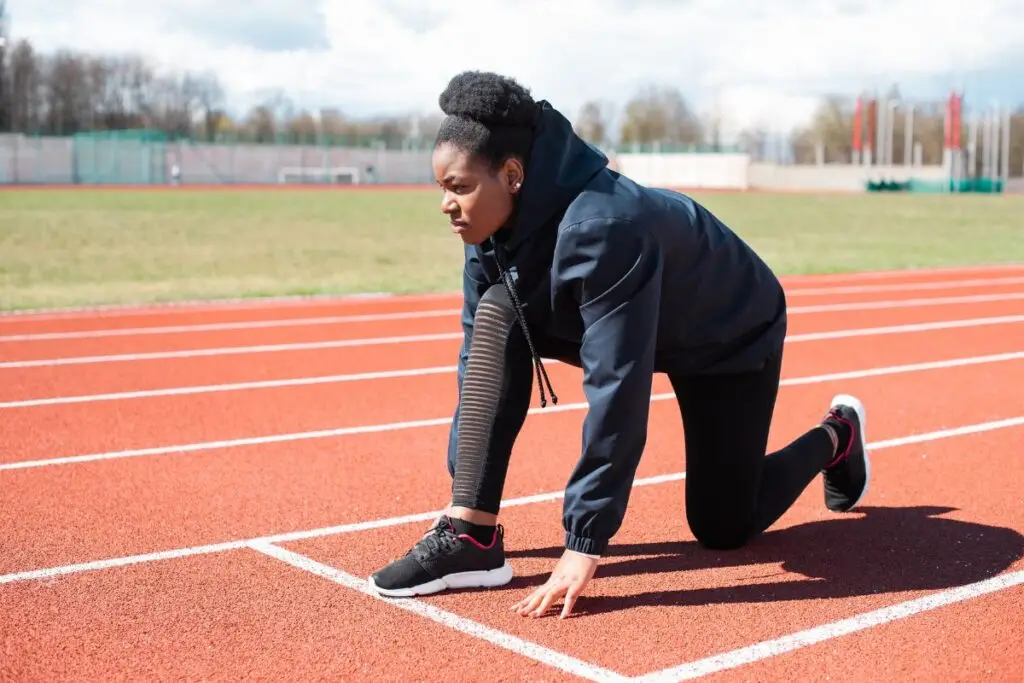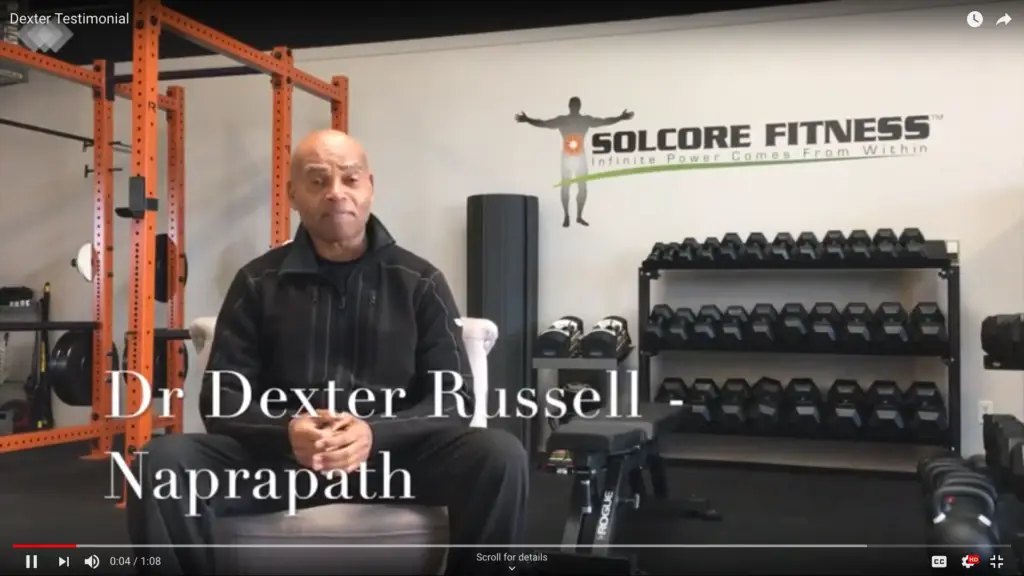
Click on the image to watch the video
“Hi, I’m Dr. Dexter Russell, naturopath. Research shows that exercise has measurable, lasting positive effects on the human body, the mind, and the spirit. Two years ago, in my search for improved health and wellness, I found the ELDOA method as taught by Ekemba at SolCore Fitness Center.
The benefits I’ve received are amazing—strength, energy, youthful flexibility, coordination, and much more. If you or anyone is looking for those benefits, SolCore Fitness Center is the place to be. The ELDOA method is scientific; it does wonders for the human frame.”
Science Behind Dexter’s Results with ELDOA Personal Training
ELDOA (“Étirements Longitudinaux avec Decoaptation Ostéo-Articulaire”) is a specialized exercise system designed by osteopath Guy Voyer, DO, to improve spinal spacing, mobility, and overall tissue health. Dexter’s improvements aren’t luck—they’re rooted in science:
- Strength: ELDOA uses full-body postural tension and axial extension, activating muscle chains for true functional strength—not just isolated muscle gain.
- Energy & Flexibility: The method decompresses joints, boosts neural communication, and increases circulation, supporting flexibility and high energy for daily life.
- Coordination: Each exercise targets muscles, fascia, ligaments, and nerves, helping the brain and body synchronize movement and awareness.
- Youthful Vitality: ELDOA improves posture, segmental awareness, and movement mechanics—key for aging well, staying vibrant, and injury prevention.
Research shows that targeted methods like ELDOA produce superior pain relief, better joint mechanics, and long-term gains in well-being.
Experience true scientific training results for yourself—explore ELDOA and holistic programs here:
ELDOA: The Ultimate Spine And Joint Exercises
Find out more



